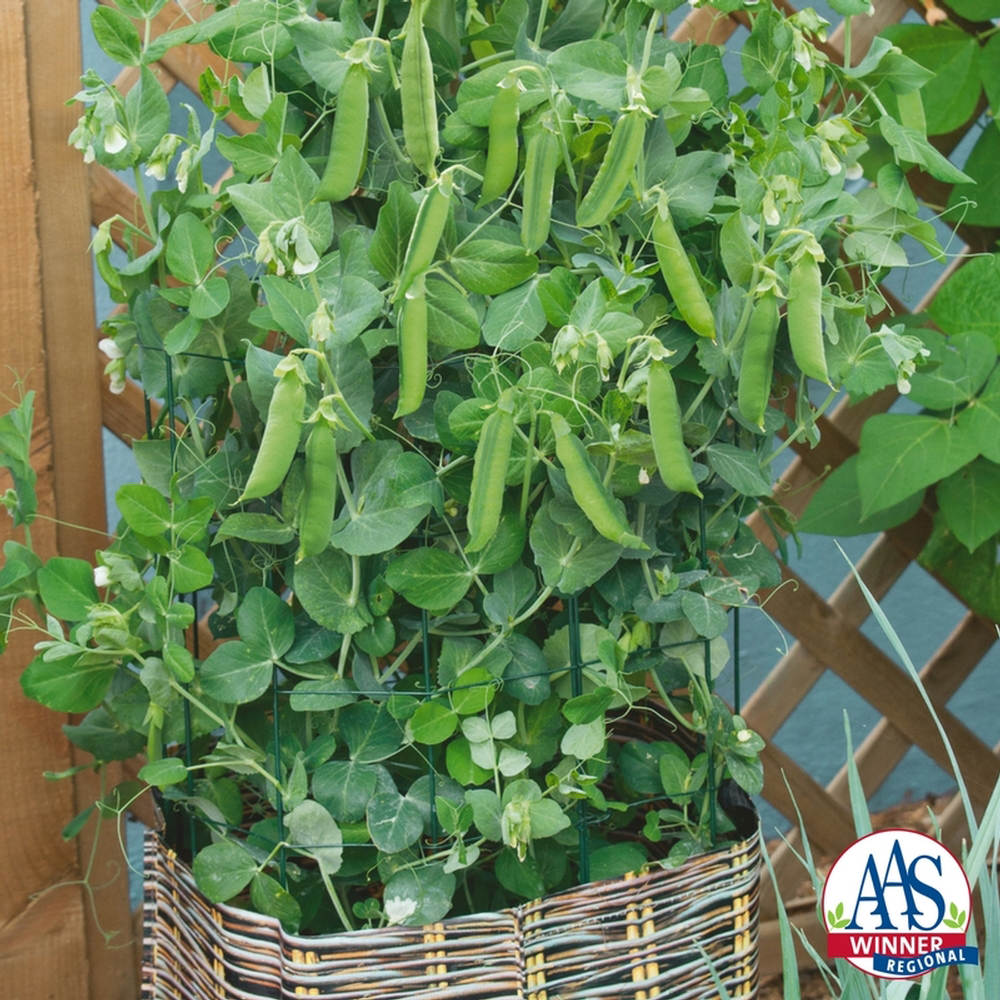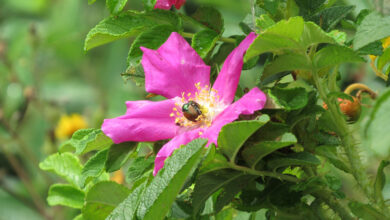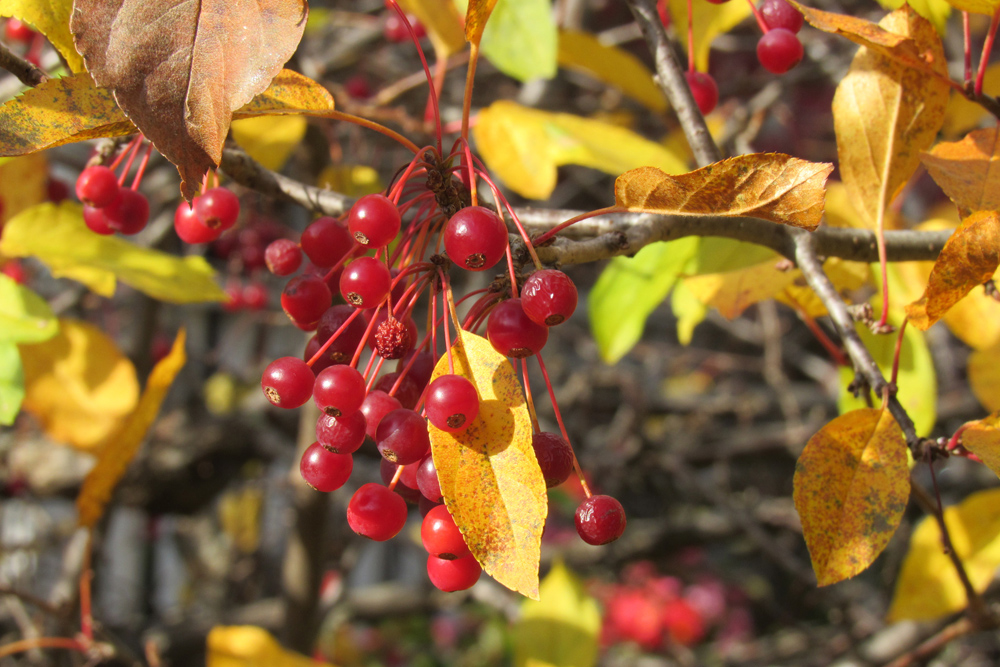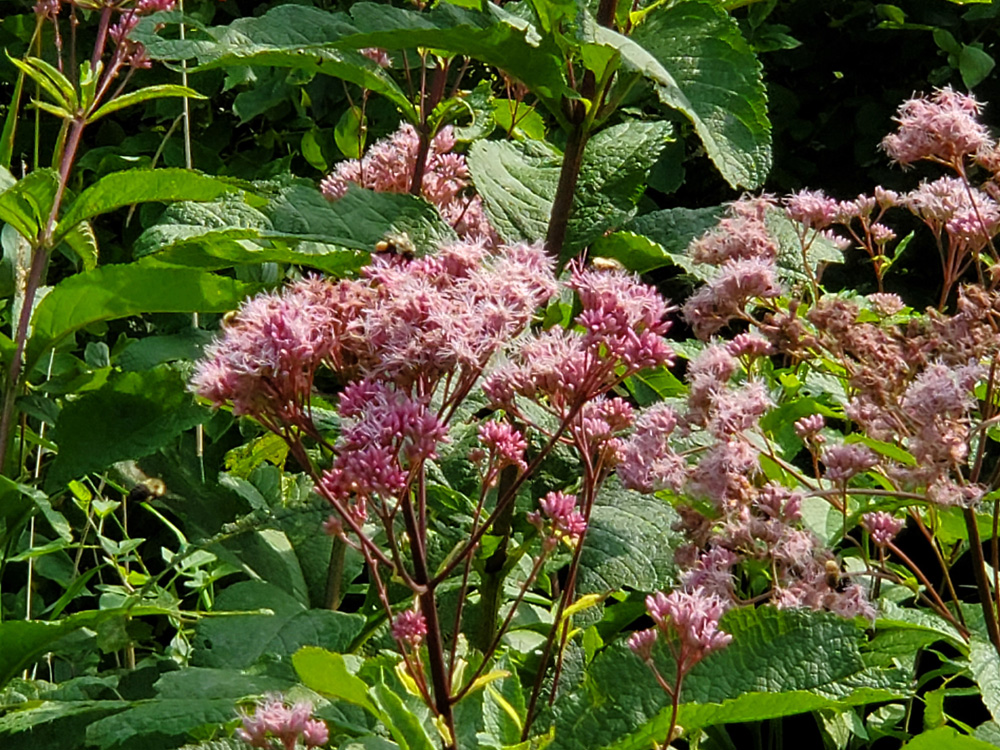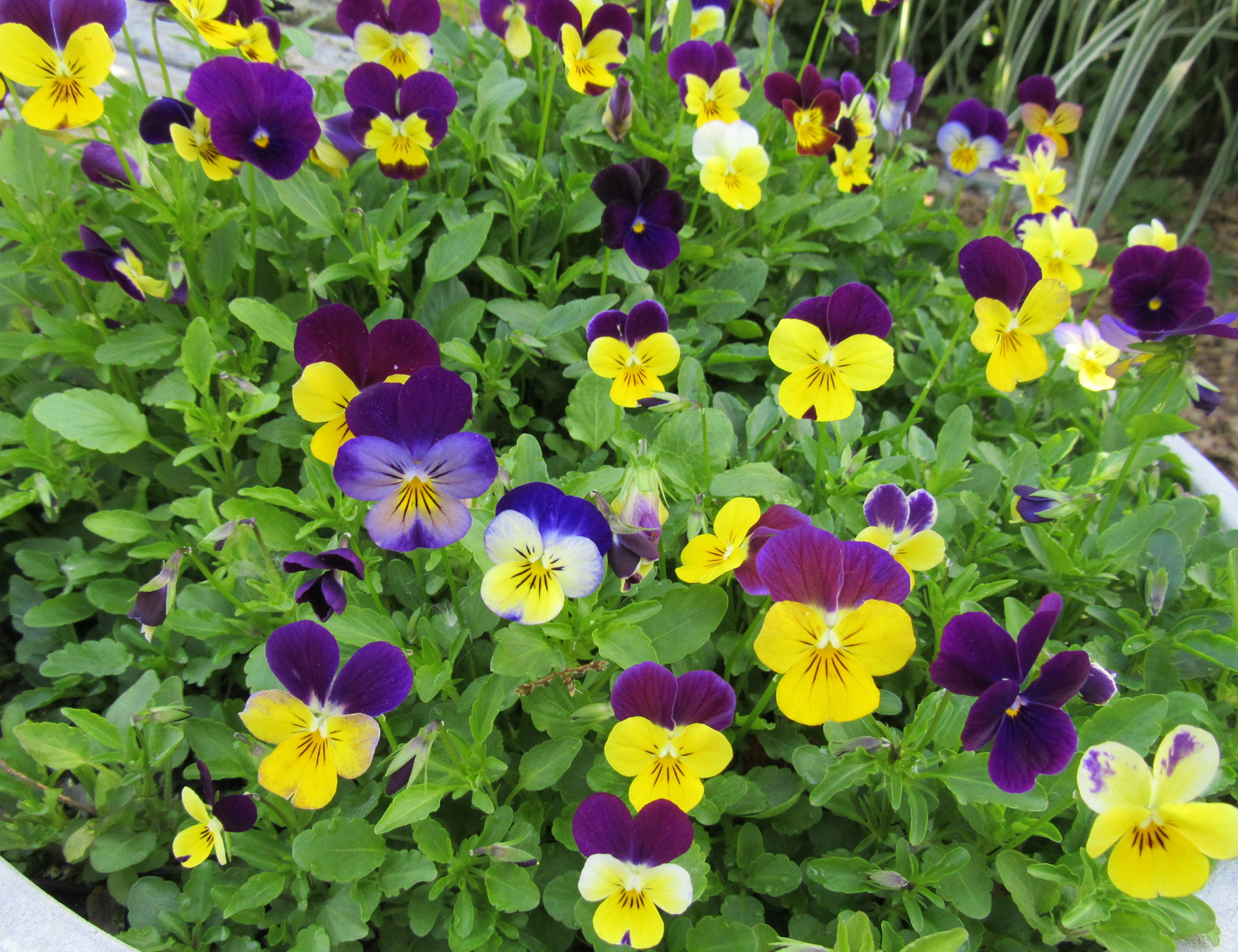Your garden can have interest year-round
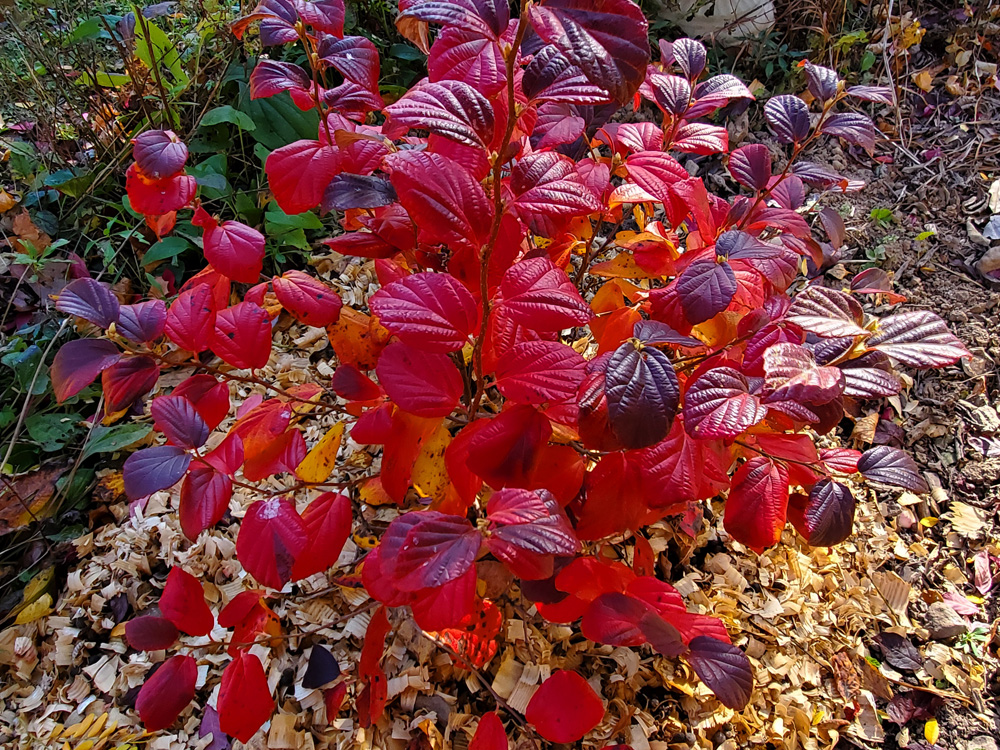
The growing season has come to an end, but that doesn’t mean your landscape needs to be boring until temperatures warm up again next spring. It is possible to have a great-looking garden all 365 days of the year.
Planning is the key. Look around you; take notice of local parks and gardens to see what plants have interest in spring, summer, winter, and fall. Visit garden centers throughout the year and notice how plants, especially shrubs, vines, and trees, look during different seasons. When do they blossom? What is their leaf color in the fall? Even the private gardens you pass by offer inspiration for what will work in your area and what time of year it adds interest.
It also helps to take a long look at what you have growing in your yard right now. Think about what adds beauty in spring, summer, fall, and winter. Once you have an understanding of what you have, you can see where gaps exist in your garden’s sequence of bloom and color.
I have noticed that late June and early July can be a time of low interest in my garden. Spring perennials, shrubs, and trees have finished blooming. The peonies are finished and my landscape roses are done with their first flush of bloom. Annuals can help at this time, but they really get showy later in the summer. Direct-seeded annual flowers like zinnias and amaranth don’t start blooming until mid-to-late summer. I struggle with lilies because of lily leaf beetle, but I have been working to grow these showy early summer blooms in containers where it is easier to control the devastating beetle.
Containers are a great way to add color and interest in spots where it is difficult to grow plants directly in the ground, plus you can change them up with the season.
As you plan, Illinois Extension says to consider limiting different species of perennials if you need a starting point. Within a chosen species, there can be varieties that bloom at different times to get a staggering number of blooms in your yard. Natives like goldenrod and Queen Anne’s lace can be cut back early in the summer to delay their bloom to early and mid-fall. Succession plantings of sunflowers can keep your garden cheery into October.
Late autumn and winter can be a challenging portion of the year, but there are many plants that will help keep things interesting. Evergreens are beautiful for contrast to the bright colors of fall, and they keep up the show all winter, especially when dusted with snow. Holly is a great plant for bright green and variegated foliage, as well as red berries in the winter. Think beyond flowers when things get cold.
Stem color, branch shapes, and bark can add wonderful texture and interest. Perennial grasses also add interest well into winter. Ornamental kale and cabbage add color and texture even after a hard freeze, and the white bark of birch trees is beautiful against the bright blue sky of winter.
Don’t forget about plants that come back to life even before spring really arrives. Hellebores, pussy willow, and witch hazel are great options for early spring interest.



